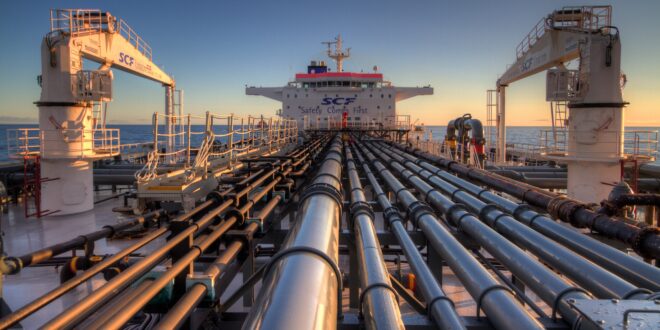China is set to overtake the European Union (EU) as the main consumer of Russian natural gas after the Power of Siberia 2 pipeline comes online by 2030.
The pipeline, which is currently under construction, will bring gas from the Yamal reserves in west Siberia—the main source of gas supply to Europe—to China, the world’s top energy consumer and fastest growing gas consumer.
The pipeline has recently come under scrutiny after the EU decided to abandon Russian hydrocarbon products following the start of the Russia-Ukraine war on Feb. 24.
The conflict, which is now in its tenth month, has resulted in an unprecedented energy war between Russia and Western powers, putting increasing pressure on global oil and natural gas markets.
European countries that have imposed numerous sanctions on Russia and decided to ban Russian seaborne oil with a price cap of $60 (€57) per barrel are now discussing imposing a similar price cap on Russian gas. Due to differences among the member countries, the decision has yet to be made.
Last year, the bloc saw annual gas imports from Russia of around 155 billion cubic meters (bcm) on average, corresponding to around 45% of its total gas imports.
The price cap for Russian natural gas, which is expected to be around €200 per megawatt-hour, has sparked debate in the EU, dividing countries such as Germany, Belgium, and Poland.
Germany claimed that a price cap on Russian gas exports would pose threats to the security of natural gas supplies, while Belgium, Poland and Italy see the price cap as a way of protecting consumers against price fluctuations.
The price of natural gas per megawatt-hour is now around €130, declining from €340 per megawatt-hour in August, according to the Netherlands-based virtual natural gas trading point (TTF).
EU energy ministers are due to meet again on Tuesday to discuss a possible price cap.
China becomes Russia’s main target market
Russia, which is heavily reliant on Europe for natural gas exports, intends to compensate for lost market share in Europe by shipping natural gas to Asia, particularly China.
Russian President Vladimir Putin signaled a possible shift in Russia’s energy map when on April 14 he said he instructed “the government to prepare for turning supplies of energy resources to the east amid the West’s plan to stop buying them.”
Russian Deputy Prime Minister Alexander Novak also said in September that Russia’s natural gas exports to EU countries in 2022 are estimated to drop by 50 bcm.
The Power of Siberia pipeline-1, Russia’s only operational export pipeline to Asia, has not reached full capacity yet.
While it is planned that the pipeline will deliver 38 bcm of natural gas from Russia to China once it reaches full capacity, this volume corresponds to only 25% of the annual average of around 155 bcm of gas sent to Europe before the war.
In addition to the Power of Siberia-1 pipeline, Russia plans to build the Power of Siberia-2 pipeline, which is expected to start construction in 2024 and be completed by 2030.
The Power of Siberia 2 will deliver 50 bcm of natural gas annually, bringing the total gas imports from Russia to China to 88 bcm via pipeline when both lines of the Power of Siberia reach full capacity.
Russia currently exports about 10% of China’s annual gas imports via pipeline and LNG ships, but with planned capacity upgrades, Russia will become China’s primary gas supplier. China currently imports approximately 45% of its gas requirements.
The country also produces natural gas. To meet its annual gas needs of around 372 bcm, it produced 208 bcm of natural gas and imported more than 160 bcm in 2021.
China receives one-third of its gas from pipelines and the rest from LNG. It imported 53.2 billion cubic meters of gas via pipelines last year, compared to 109.5 billion cubic meters of LNG.
Among its LNG suppliers are Australia with 43.6 bcm, the US with 12.4 bcm, Qatar with 12.3 bcm and Malaysia with 11.7 bcm.
The country imported 31.5 bcm of gas via pipelines from Turkmenistan, 7.6 bcm from Russia, 5.9 bcm from Kazakhstan, 4.3 bcm from Uzbekistan and 3.9 bcm from Myanmar.
China has 24 LNG terminals operating as of November 2022, with a total annual receiving capacity of 109.5 million tonnes. The country has 15 gas storage plants with a total capacity of 17 billion cubic meters of gas.
Furthermore, Beijing intends to expand its LNG terminals by adding 34 new terminals by 2035, bringing the total capacity to 224 million tons. The majority of its LNG terminals are in southern and eastern cities.

 Iran Energy News Oil, Gas, Petrochemical and Energy Field Specialized Channel
Iran Energy News Oil, Gas, Petrochemical and Energy Field Specialized Channel



